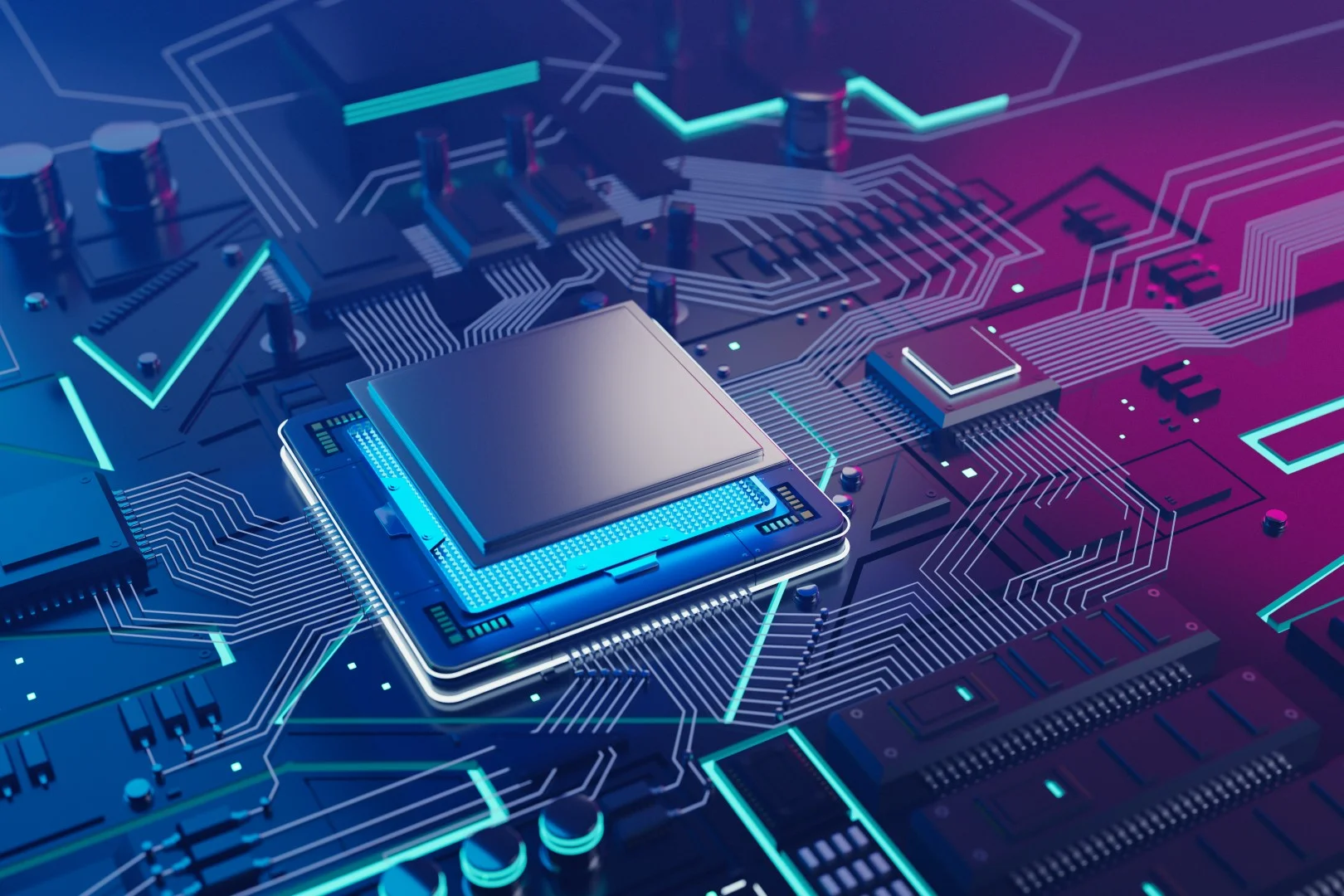Artificial Intelligence (AI) in Mechanical Engineering Design
The stand out feature of most emerging technologies is their ability to disrupt the traditional way of doing things. This applies to artificial intelligence (AI) which focuses on providing machines with the ability to mimic cognitive functions needed to learn and solve problems. With the integration of AI, machine learning, and deep learning in the design of machines and mechanical systems, traditional design processes have been disrupted for the foreseeable future. But the question of how extensively AI will disrupt mechanical engineering design remains.
How is artificial intelligence disrupting the field of mechanical engineering design?
To provide an accurate answer to this question, a dispassionate analysis of artificial intelligence in mechanical engineering is needed. Starting with the design of original equipment, assemblies, and structures, AI enhances the design process in multiple ways. One example is the use of generative design to solve complex mechanical engineering problems. Generative design is an iterative process that endeavors to solve complex challenges within specified constraints. Users of Autodesk Fusion 360 or the Grasshopper 3D application must have experimented with generative design. In these use cases, the necessary design parameters needed to run simulations are completely defined by the mechanical engineer.
The integration of artificial intelligence, however, changes the above scenario. Constraints are defined by AI-enabled programs or applications reducing the need for human supervision. The end result is hundreds of permutations that define how a product can be developed to meet specific requirements. A practical example of how generative design has been used to design complex structures is the popular Airbus story. The task Airbus faced was the design of lightweight cabin partitions for the A320 commercial aircraft. With the help of AI and the generative design features of Autodesk Dreamcatcher, Airbus designed a lightweight bionic partition which was 45% lighter than previous versions.
Airbus achieved this feat through a combination of AI, generative design, and another emerging technology, 3D printing. As stated earlier, this 2016 Airbus achievement has been highlighted in many studies as the quintessential application of AI in mechanical engineering design but more recent examples exist. In 2018, RUAG (a space OEM) developed innovative brackets for star-tracking cameras on artificial satellites. Generative design was used to design the innovative brackets and, once again, additive manufacturing was used to produce the prototype. The end result was the engineering of the largest bracket for the relevant cameras within eight weeks.
Artificial intelligence in designing and maintaining mechanical engineering systems
The mechanical engineer is also tasked with designing and manufacturing mechanical engineering systems. Here, mechanical systems refer to multiple machines working together to achieve a common goal. This means that the engineer must take the design, analytics, and maintenance of engineering systems into consideration – which are areas where artificial intelligence has huge roles to play.
The rise of Industry 4.0 and the smart factory have created environments where the use of AI and machine learning can be used in designing automated systems. The design and maintenance process is also rather complex as hundreds of manufacturing variables and constraints must be defined and standardized while developing optimal systems. A decade ago, computer-aided design (CAD) software applications were the tools needed to design engineering systems and plan shop floor layouts. Today, the need for designing smart equipment, managing interconnectivity, and handling data analyses in interconnected systems means traditional CAD tools are limited.
This is where AI can help. With the correct tools and proper integration of AI, mechanical engineers can design automated engineering systems that can function without human support. These systems will include equipment that can diagnose machine failure, repair themselves, or order replacement parts. In more complex situations, AI can be used to drive a system of mechanical components or autonomous assemblies to achieve set goals.
An example of this is the automated container terminal at the Port of Qingdao in China. The port integrates artificial intelligence, automated guided vehicles and equipment, and cranes to load and unload containers. This completely autonomous engineering system increased efficiency levels by 30% while reducing labor costs by 70%. A YouTube video highlighting how the system functions in real-time and the role sensors, actuators and system modeling play in automation highlight the evolving role of the mechanical engineer. Here again, the disruptive nature of artificial intelligence is set to also change how mechanical engineers think and approach future challenges.
Artificial intelligence and the future of mechanical engineering design
The disruptive nature of AI means mechanical engineering design as we know it is being irreversibly changed. This means new skill sets are needed to develop designs for emerging manufacturing technologies – 3D and 4D printing – and to take advantage of the high-performance computing power cloud services offer. The experienced engineers at Cambay Engineering Services can help you plan for this changing future by integrating artificial intelligence in your engineering designs.





